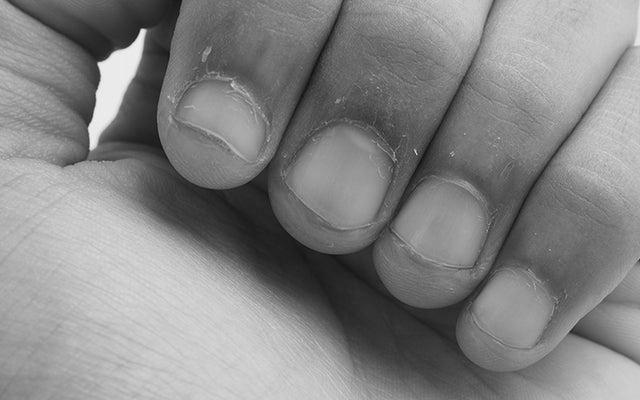How Do I Get Rid of Skin Tearing Near Finger Nails?
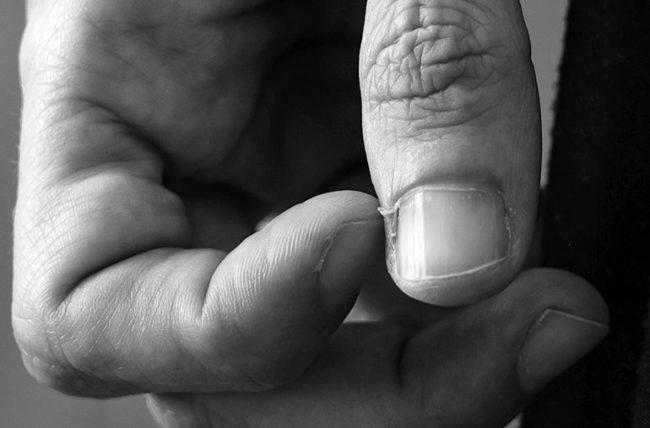
Dry skin, resulting in splits and tears near fingernails, is the most common cause of such a problem. To prevent this problem, moisturize the hands with cuticle oil with jojoba oil, and using rubber gloves can help. The measures above will help prevent skin from tearing near fingernails. Moisturizing is the first step toward eliminating the problem.
Moisturizing
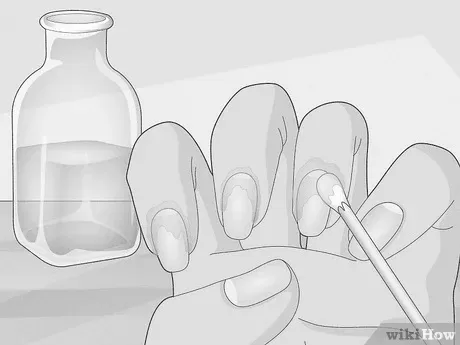
If you experience dryness near your fingernails, you should moisturize regularly. There are various lotions and oils available to moisturize dry skin near fingernails. Make sure to water the cuticles, as well as the surrounding area. Do not use any sweet-smelling moisturizer – it may not be effective. Look for alcohol-free moisturizers that do not contain fragrances.
To treat cracked skin on the tip of your thumbs, you can use petroleum jelly or an oil-based moisturizer. Apply it as a part of your bedtime routine, and then cover it with cotton gloves or gauze before bed. Then, remove the gauze or gloves and apply moisturizer to your hands. If you have dry skin, apply moisturizer to the cracked skin at night, and then use a layer of tape or a bandage to cover it.
Aloe vera is another good option for treating peeling skin. Apply it to the affected area for 15 minutes and repeat several times. Honey is a natural humectant, meaning it attracts moisture from the environment, so it may also help treat peeling fingertips. To apply honey, use cotton to apply it, and leave it on for 30 minutes before rinsing off with cold water. If you don’t want to use honey, you can also try petroleum jelly, which will soften the area. Make sure you don’t apply too much, as it can be greasy.
It would help if you also avoided excessive hand washing. Excessive hand washing can make the skin drier, resulting in peeling of the skin around the cuticle. Also, too much use of hand sanitizers and handwashes can strip the natural oil barrier of your skin, which can cause the skin to peel around fingernails. Soaps and sanitizers contain high levels of alcohol that can damage skin and make it peel. It would help if you constantly moisturized after handwashing.
Essential oils also help moisturize skin around fingernails. Besides being good for you, they smell great. Lemon essential oil, lavender oil, and jojoba oil can moisturize your cuticles. It would help if you also tried using essential oils as a base for your hand creams and lotions. You should always dilute essential oils with a carrier oil, such as coconut, olive, or grapeseed oil.
Treatment
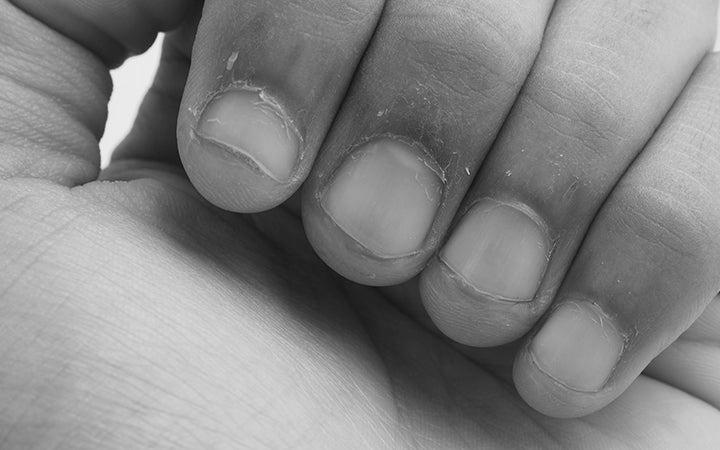
The cause of skin tearing near fingernails is most likely dryness. Apply jojoba oil to the affected area and use a cuticle cream or ointment to remedy the problem—rubber gloves to prevent damage to the skin around the fingernails. You can also apply a topical antibacterial ointment to the skin around the nails. This ointment is more effective than the cream version.
There are two main types of paronychia: acute and chronic. Acute paronychia is sudden and affects the fingers. It usually causes redness, swelling, and a small amount of pus to form under the nail. Chronic paronychia is less severe, but the symptoms are more prolonged and can affect many fingers in a single hand. Aside from tearing the cuticle, chronic paronychia can also lead to thick, discolored, or missing nail skin.
If your skin is tearing near your fingernails, you may be allergic to something. Nickel is a common allergen, and it may cause the skin to peel. Nickel allergies, however, can be severe and cause anaphylactic shock. However, even a mild reaction can cause the skin to peel. Vitamin deficiencies are another possible cause of skin tearing near fingernails. A vitamin B deficiency can cause discoloration of the nails.
For acute paronychia, you should soak the affected area in warm water for 15 minutes twice a day. Continue this process two to four times a day. If the condition persists, you may need to consult a doctor, who may prescribe oral antibiotics. Depending on the severity of the infection, you may also need to elevate the injured area and take antifungal medicines. If you don’t follow the doctor’s instructions, the condition can become worse, so be patient and follow their recommendations.
Symptoms of skin tearing near fingernails may include dryness, skin irritation, and inflammation. A skin disorder such as psoriasis may cause the skin to peel. The disease can also lead to cracking or scaling of the skin around fingernails. In addition to nail fungus, dry skin can occur in people with chronic eczema or atopic dermatitis.
A thick moisturizer can help heal cracked, peeling skin on the tips of the fingers at bedtime. Then, cover the area with a cotton glove or gauze. You can also apply some tape to secure the gauze over the rash. If heavy cream isn’t enough, you can try some essential oils. If none of these work, a topical antihistamine may be prescribed by your doctor.
Prevention
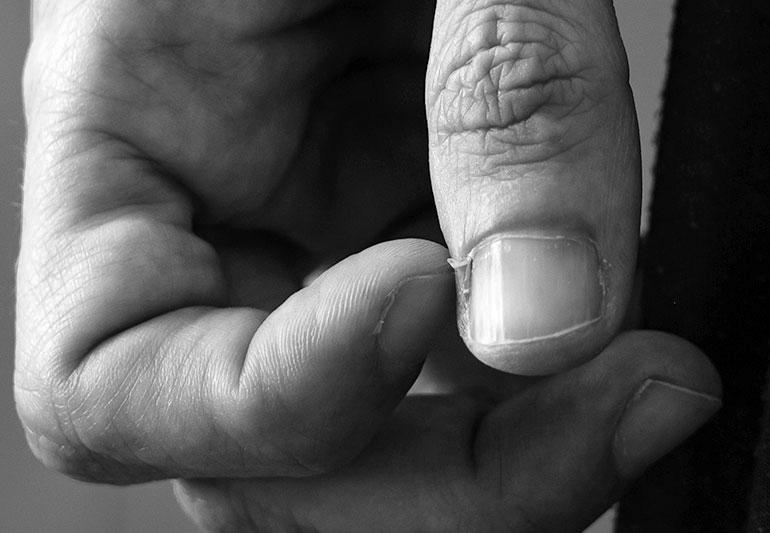
There are several ways to prevent skin tears near fingernails. The best way is to keep skin moisturized and protect the area from falls. To avoid tears of skin:
- Use gentle soaps and moisturize twice a day.
- Protect the area with barrier films or wrap it in bandages to prevent re-tearing.
- If you’re caring for a patient with tubes, prevent the tears by following these tips. You’ll also need to avoid irritating the area by wearing jewelry and other items that could cause skin tears.
First, stop sucking on your fingertips. This habit is common in infants, but it can cause your skin to peel. Nickel allergy causes the skin to become red and itchy and blisters. Latex allergy can cause your skin to peel or scab. Even if you have a mild allergic reaction to latex, your skin will still peel if it’s in contact. It’s also essential to avoid cosmetics with chemicals.
If you’re concerned about skin tearing around your fingernails, you can try using a thick cream to moisturize and seal in moisture. Moreover, heavy creams have anti-inflammatory and antihistamine properties that can help reduce inflammation and pain. Some people are vitamin and calcium deficient, so taking a balanced diet can help prevent skin tearing near fingernails. It’s also essential to wear rubber gloves to protect your nails.
Treatment for skin tears near fingernails should target the causes and co-factors of tears. The goal is to reduce the number of skin tears before they become chronic or complex wounds. In addition, to address the unique needs of individual patients. As you may imagine, skin tears often occur due to a fall.
Depending on the type of skin tear, prevention is the best way to prevent the condition. If the flap is damaged or missing, the wound won’t heal. Typically, the area will look pink, blue, or purple and may take longer to heal. In both cases, prevention is much better than treatment. Once skin tears have occurred, the affected area is more vulnerable to infection, which can be fatal.
The primary prevention of skin tearing near fingernails is to keep them moisturized. Avoid biting your fingers, which can lead to dry and peeling skin. Additionally, people who bite their nails are at risk for infection as bacteria from the mouth can quickly get onto the nails. Furthermore, saliva contains enzymes that break down the skin, which can cause further dryness. Using special foul-tasting ointments can discourage people from biting their nails.
Do Manicures Strengthen Your Nails?
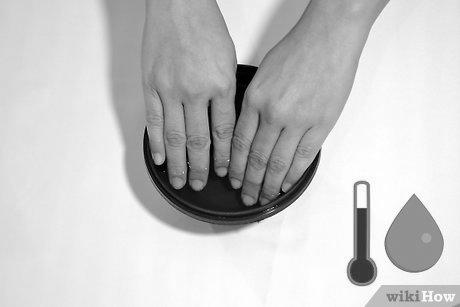
Do manicures strengthen your nails? It all depends on what you’re doing with your hands. There are plenty of benefits to having a manicure, such as giving your hands a little TLC. Taking a break between manicures is essential for strengthening your nails. It is necessary to use safe nail polish removers, as many harsh chemicals contained in nail polish are harmful to your nails. A manicure should also include a cuticle moisturizer.
Gel manicures strengthen nails.
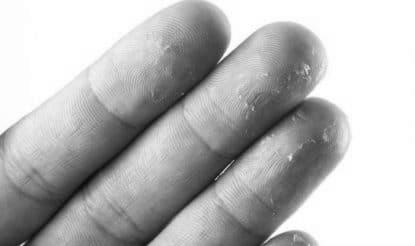
As a nail salon favorite, gel manicures are a great way to give yourself a beautiful and stylish new look. However, they do come with some risks. Some people are prone to picking and peeling their gel polish after the application. Picking removes the top layer of the nail, and you may also be exposing your natural nail to bacteria and fungus. It takes six months to heal a gel-damaged nail.
However, gel manicures can become an obsession, and while these treatments look incredibly beautiful, they should only be on a one-off basis. If you are prone to chipping or tearing your nail polish, you may want to reconsider your regular manicures. While they are a great way to make your nails look great, they are unsuitable for your hands or nails. Here are some tips to take care of your nails after a gel manicure.
Regular gel manicures can damage your nails, resulting in brittleness, peeling, and cracking. There are risks of developing skin cancer or premature aging of the hands with repeated use of gel-polished nails. As with any chemical product, you can take precautions to protect your nails. The best way to remove your gel polish is to consult a dermatologist, as improper removal may cause your nails to become damaged.
Suppose you are prone to breakage on special occasions. Regular maintenance of your nails will prevent these issues from happening. It would help if you also used a broad-spectrum, water-resistant sunscreen for your hands and nails—a broad-spectrum SPF 30 to protect your skin from harmful ultraviolet rays. For added protection, consider wearing dark-colored gloves during the procedure.
While regular nail polish can air-dry, gel-polish cures under a unique lamp. Although it can be uncomfortable to wear bare nails, it can benefit your nails. It can also strengthen your nails. However, remember that it’s essential to consult with a dermatologist before taking supplements. It would help if you also asked the nail salon about the safety of these products.
If you opt for a gel manicure, you should make sure to choose a rehydrating moisturizer after the treatment. An excellent moisturizer is Aquaphor or Nails Inc. Overnight Detox Nail Mask. These will prevent your nails from drying out and damage from acetone. Afterward, you can follow up your manicure with a paraffin wax treatment to restore your hands to their normal condition.
Gel polish allows you to get a natural-looking manicure. This manicure will last two weeks or longer without chipping or peeling. While traditional gels require downtime of twenty minutes or more between applications, the gel polish dries in 45 seconds. If you try to peel your gel off yourself, you can easily ruin your nails. However, it’s still best to go to a nail salon for this treatment.
Using a cuticle moisturizer
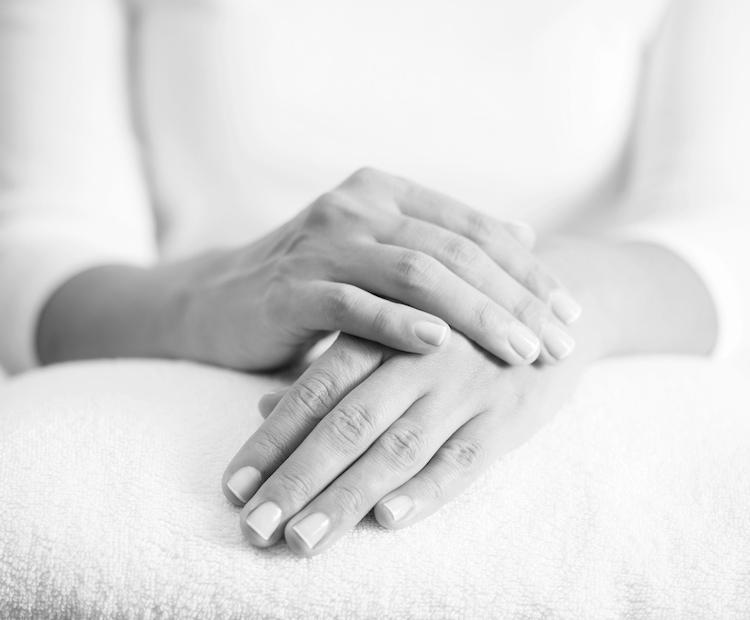
If you’ve ever had a gel manicure, you know that cuticle oil is essential. This extra hydration will keep your nails pliable and prevent them from peeling away from the gel. This strengthening formula also contains antibacterial ingredients such as vitamin E and panthenol and antioxidant-rich green tea extract. It’s easy to use and doesn’t require any special skills.
While many products on the market claim to help strengthen your nails and cuticles, you should also be aware of the different types of cuticle creams available. Some contain fragrances, while others are unscented. Fragrances are often a sign that a product is not safe for sensitive skin. To prevent irritation, look for a fragrance-free cuticle moisturizer. You can even buy scent-free formulas for your hands.
Some cuticle oils are paraben-free and contain vitamin E and a blend of jojoba and sunflower oils. They are ideal for dry skin and promote healthy nails. Some have vitamin E to moisturize the skin around your nails, while others include safflower oil. Regardless of your preferences, you’re sure to find a cuticle oil that suits your needs and budget.
In addition to cuticle oils, you should moisturize your hands. Dry cuticles can damage your nails and affect their growth. Using a cuticle moisturizer effectively prevents cuticle splitting, strengthens your nails, and keeps your hands healthy. It also contains the onset of nail problems. In addition to cuticle oils, good hand cream is a great choice.
Cuticles are the soldiers of your nails. If they are too dry, they cannot protect your pin from infections adequately. Using a cuticle moisturizer will prevent infections. Dry cuticles don’t function well as soldiers, allowing bacteria and fungi to pass quickly. It’s also easy to apply to your cuticles at night before going to bed.
You can apply a moisturizing cuticle cream if you’re prone to dry skin. These creams are paraben-free and non-greasy. They also contain natural oils, such as avocado oil and vitamin E, to hydrate and nourish your skin. You can even create salon manicures at home with these creams. A cuticle moisturizer can make your manicure look beautiful and last a lifetime.
Some cuticle oils contain antioxidants and vitamins to help strengthen your nails. OPI Avoplex Nail & Cuticle Replenishing Oil is a good choice. This product is available in an embossed jar and contains vitamin E. It is essential to use this product twice a day to reap the maximum benefits. If you’re prone to dry skin around the nail, try a product that is rich in antioxidants.
Avoiding harsh chemicals in nail polish
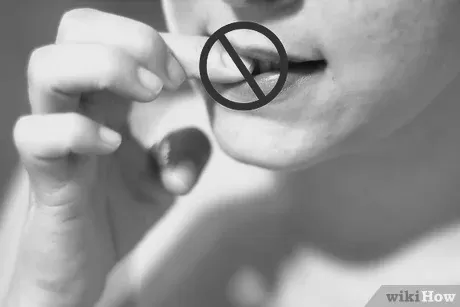
You may have heard about the harmful effects of chemical ingredients in nail polish, but what are they? To avoid these ingredients, you should buy nail polish that does not contain them. Make sure that you read the label to ensure that it’s safe for your health. You can look for nail polish that is “5-free,” “9-free,” or “Camphor-free.” These products do not contain harmful chemicals, but you should still be aware of what is in them.
If you haven’t noticed, most nail polishes contain toxins. Toluene is a common ingredient in nail polish and is a carcinogen. It to miscarriages and infertility in children. Dibutyl phthalate, another common ingredient in nail polish, is a plasticizer that helps prevent chipping. It is for use in children’s toys and cosmetics. Formaldehyde, a common chemical used to harden nail polish, is also toxic and is known to cause cancer in humans.
Toluene, another common chemical found in nail polish, is a neurotoxin. In addition to impairing your nervous system, it can also cause congenital disabilities in babies. It has in the European Union, but the U.S. It is also known to cause allergic reactions and weakened immune systems. Therefore, it is best to avoid nail polishes that contain this chemical.
Another chemical commonly found in nail polish that is considered harmful to your health is dibutyl phthalate. It is a known endocrine disruptor, and the EWG and Duke University scientists found that this chemical increased DPHP, an endocrine disruptor, in the urine of 26 women. The chemicals in nail polish have been shown to interfere with the reproductive system and may cause early menopause.
As long as possible, try to avoid using gel polish and nail polish with high levels of formaldehyde. While the gel nail polish is trendy, it is for everyone. The toxic chemicals in this polish into the air, so you should avoid these products. If you cannot avoid nail polish, you should look for a 3 Free polish instead. You can even look for nail polish with no toxic chemicals in it.
Another harmful chemical in nail polish is acetone. The acetone contained in nail polish remover can also damage the living cells of your nails. These living cells are vital for your nail’s health. A brittle nail is prone to breakage and dryness, so it’s best to avoid acetone-based products.
